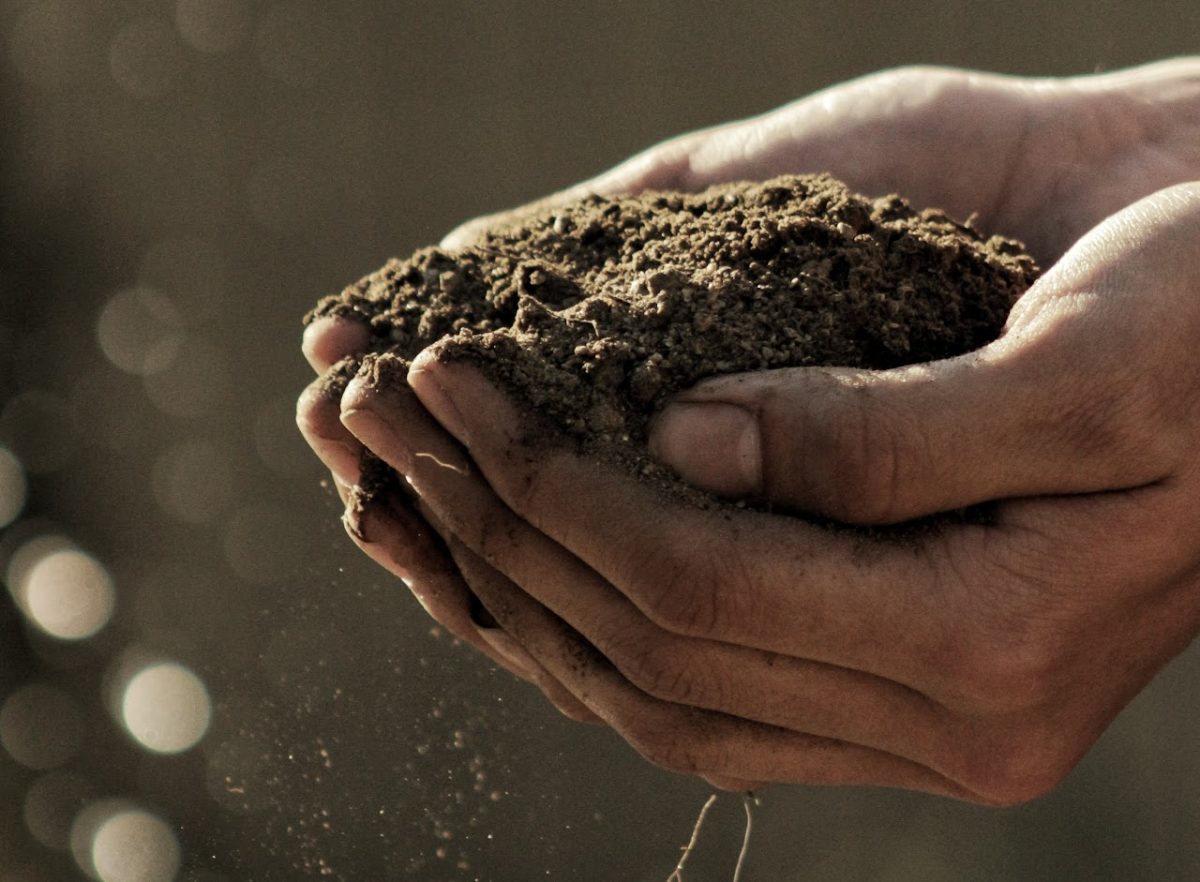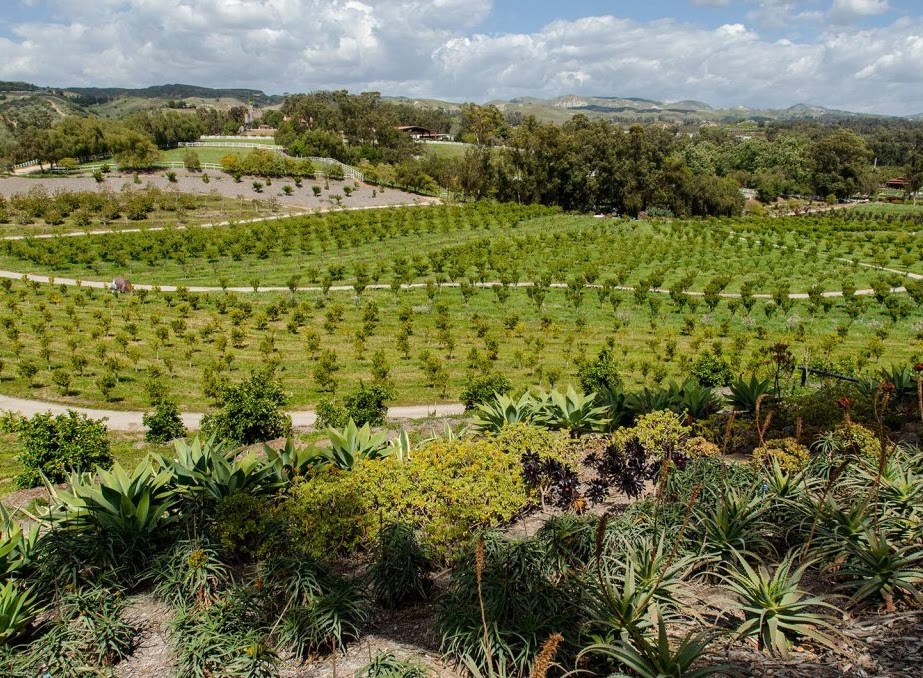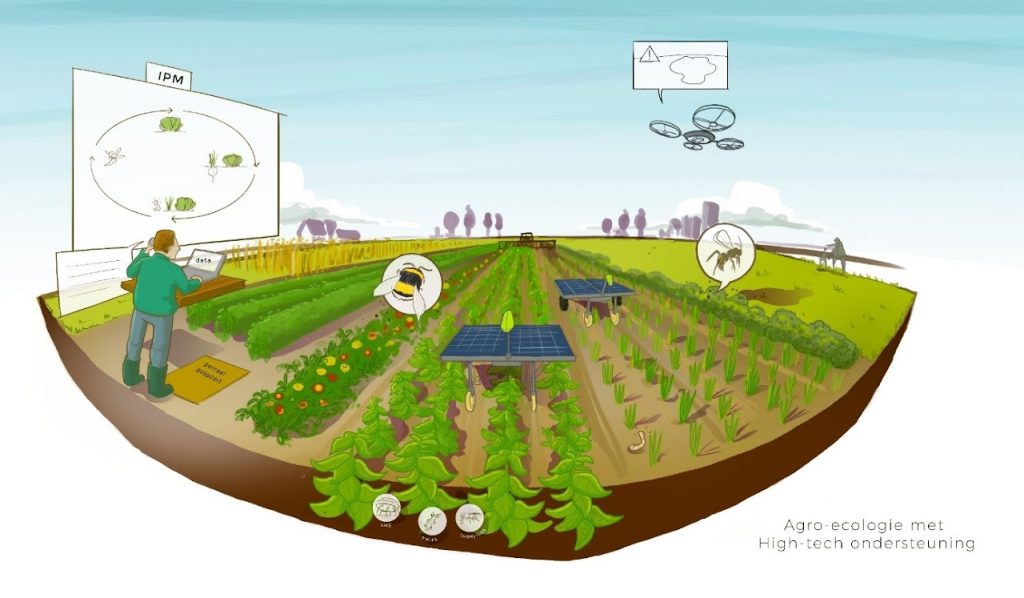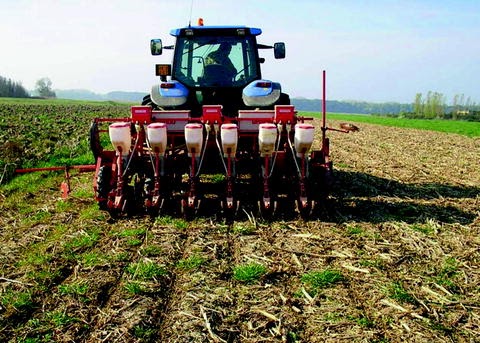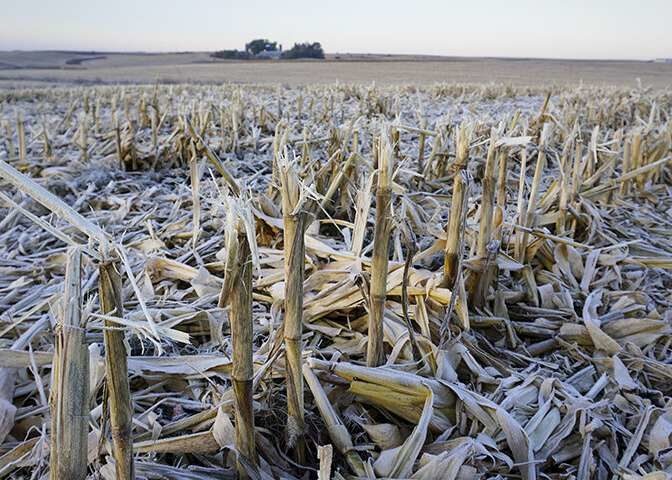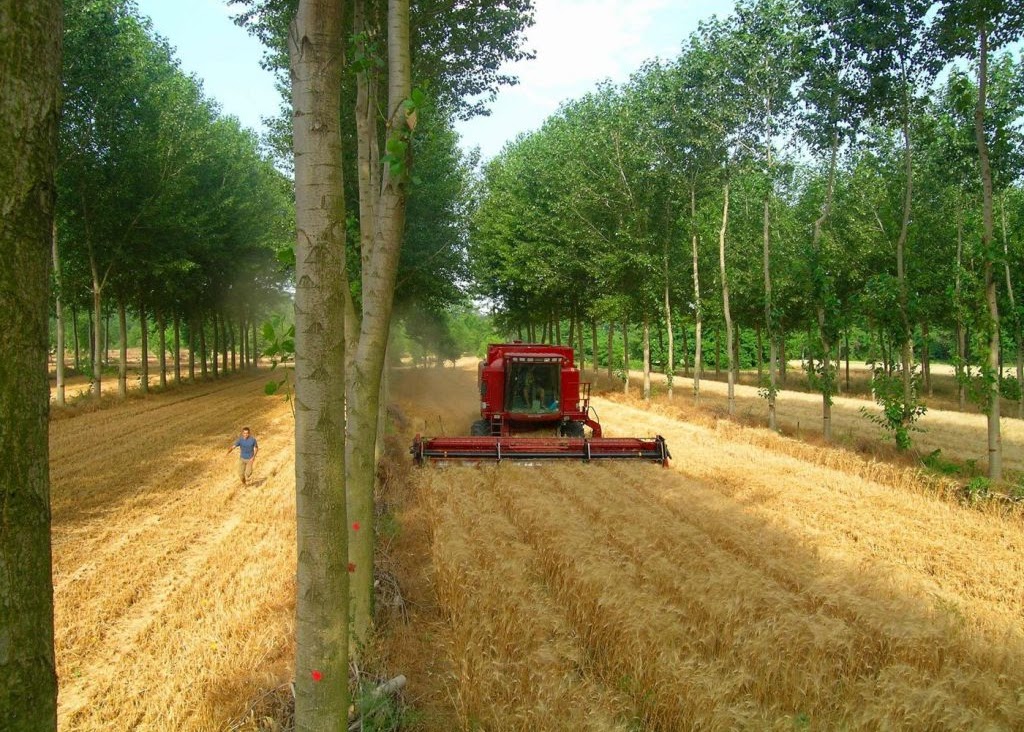The world’s population is rapidly growing, with projections estimating 10 billion people by 2050. But the amount of farmland per capita is declining, with available farmland being taken over by urban development. Not only is farmland availability decreasing, but topsoil erosion is also leading to plateaus in yield, with a steadily increasing reliance on inputs to maintain yield demands.
It’s what lies within the soil, that can help us mitigate our topsoil losses, improve yield, and increase CO2 capture. The microbiome, or the communities of microorganisms that co-exist in the soil, will save us. These workhorses of soil health, are the white blood cells of soil, and maintaining their integrity, means healthy soil and productive crops.
It’s what lies within the soil, that can help us mitigate our topsoil losses, improve yield, and increase CO2 capture. The microbiome, or the communities of microorganisms that co-exist in the soil, will save us. These workhorses of soil health, are the white blood cells of soil, and maintaining their integrity, means healthy soil and productive crops.
A recent publication by a US national task force, from the Council for Agricultural Science and Technology published an article outlining the importance of plant microbiomes, and the opportunities of leveraging microbiome management as an integral part of the future of agriculture. Data is a key component to driving this change.
“Current advances in technology and data processing now make it possible to collect and analyze the enormous amounts of data needed to study this level of complexity, and growing support for stewardship of the land and environment call for solutions to increase crop yields while reducing chemical and water inputs.” Carbone
“A gram of soil is estimated to contain up to 10 billion bacterial cells, and may hold as many as 10,000 bacterial species.”
Raynaud & Nunan 2014
To look at the future of agriculture, we have to understand the past
The above timeline shows the progression of the agricultural revolution and scientific advances to improve productivity. Ranging from the 1800s to the 1990s, the timeline shows advancements from the invention of the traction (where each farmer could produce enough for 26 people (world population 1.65 billion), to the 1960s ‘green revolution’ with one farmer producing enough food for 155 persons (world population 3 billion), to the 1990s introduction of precision agriculture, and farm productivity reaching 265 persons ( a world population of 5.3 billion).
Along with these technological advancements, came the introduction of plant breeding, herbicides, pesticides, synthetic fertilizers, controlled irrigation, and increased mechanization. The increase in productivity meant reaching scale production and an introduction of monoculture practices.
By compensating for mismanagement, we have an opportunity to mimic natural processes, however doing so with precision technology and increased data collection. Understanding which microorganisms, and determining the balance of plant microbiomes will support soil regeneration and crop productivity.
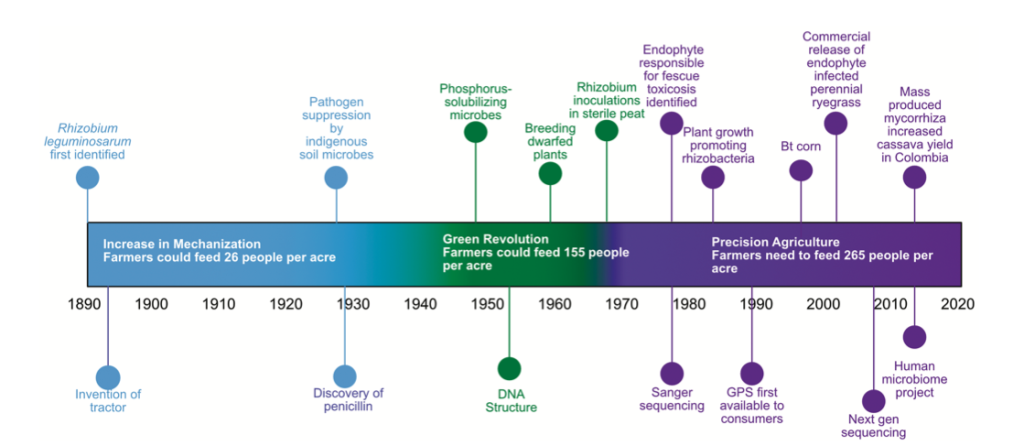
“Intensive management without good stewardship can impose costs to the environment in the form of degradation of soils, and pollution of waterways, groundwater, and surrounding wildlife habitat.”
A fine balance
Variables such as soil composition, acidity, moisture levels, and other physical or chemical properties influence the microbiome balance.
It’s a wire act, finding the balance between having a positive symbiotic microbiome and inadvertently creating the circumstances for blooms in microbial communities which can stress plant development, leading to disease and petulance. These microbial pathogens are estimated to cost US$10 billion in agricultural products per year. However, when the balance is right, microbial communities can ward off pests, strengthen a plant’s disease-fighting capabilities, improve nutrient uptake, and mitigate the effect of stressors such as drought and salinity.
Technology as a catalyst
Precision agriculture has given researchers the data necessary to get a glimpse into the factors that affect crop productivity and soil health. With smart sensors in the soil, drone an satellite imaging, a collation of data provides a detailed look at farmland. Integrating data into simple and easy to use dashboards, helps farmers access and make decisions that will directly impact their crop and soil performance. Along with historical data, comparisons can be made with prior seasons. All of this provides better visualization and context surrounding a crop.
However great the technology, the impact fulness is determined by public behavior. With household final consumption (the market value of all goods and services purchased by households) representing 60% of the world’s GDP, consumers have a massive (in)direct effect on the demands on the agricultural food system.
Think organic produce, and the increasing demand by consumers to label foods grown organically, or the proposals to label GMO produce. Consumers are slowly determining how and which food is grown, and where. Technology is a tool that can support consumer preferences and good land stewardship.
In order to get the most out of our soil, we must take a multifaceted approach to microorganisms.
